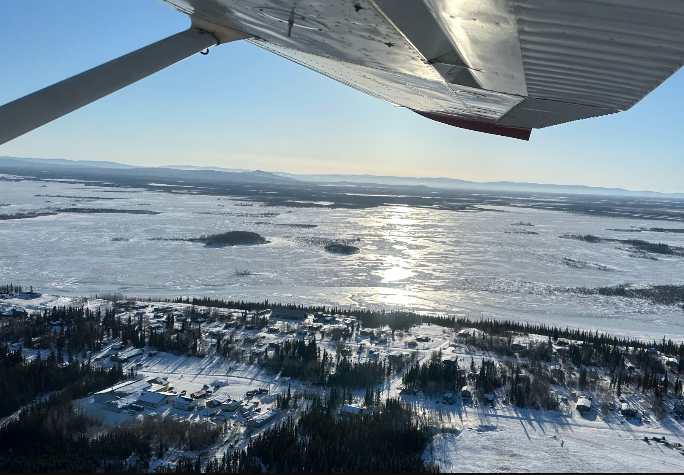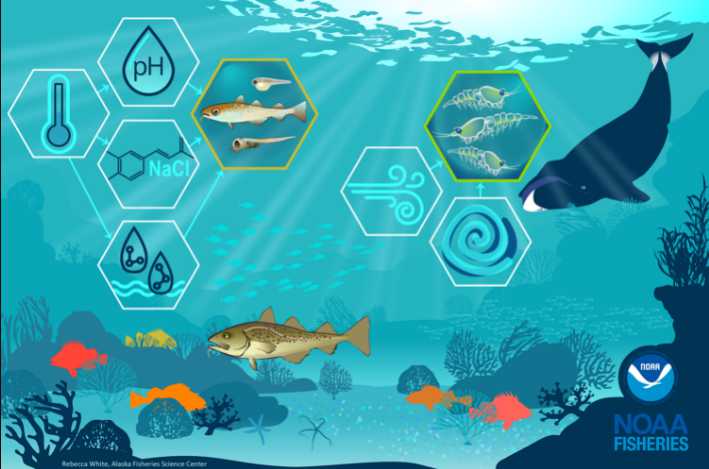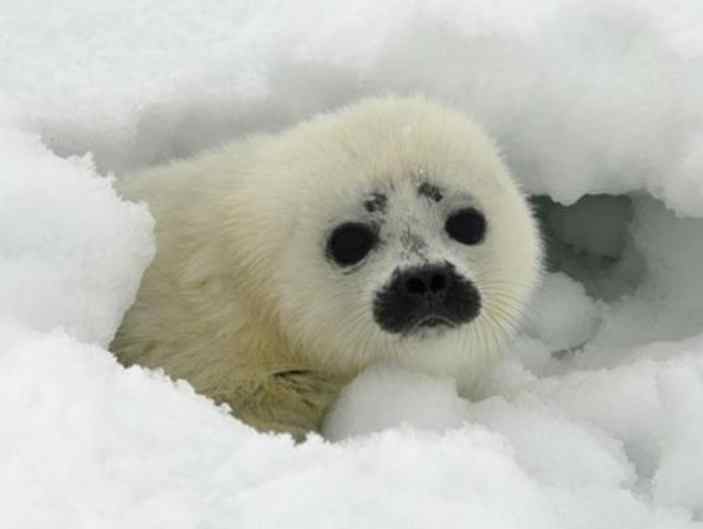 Maraq–Bog; Swamp
Maraq–Bog; Swamp
ARapagka nag’art’lliik mararmi. I lost my (2) boots in the bog.
The Alutiiq word maraq can be used to talk about any low lying, wet piece of land–a swamp, bog, marsh, or even a muddy meadow. The rainy Kodiak Archipelago is unofficially full of such places, but if you consult a map of Kodiak habitats, maraq is particularly common on the south end of Kodiak Island. The Ayakulik river flats are a good example. Here, numerous shallow ponds are surrounded by grasses, sedges, and small shrubs, forming a habitat classified as wet tundra.
Kodiak’s bogs contain a multitude useful plants harvested by Alutiiq people. These include a variety of berries collected for food, a coarse ‘swamp grass’ once woven into mats, and the medicinal plant narrow-leaf Labrador tea (Rhododendron tomentosum Harmaja).
Known in Alutiiq as atsaqutarpak, or by the newer word Nunallaq Caayuq (wild tea), Labrador tea is a low-growing, evergreen shrub with narrow, leathery leaves. It is commonly used to treat lung and throat ailments–from coughs, colds, and fevers to asthma and tuberculosis. Alutiiq families brew tea from the plants aromatic leaves. They boil the leaves in water, steep them in hot water, or even chew the raw leaves and swallow the juice. People use the plant fresh and dried, but are careful to consume it in moderation. Large quantities of Labrador tea can be toxic.
Source: Alutiiq Museum
[content id=”35021″]








